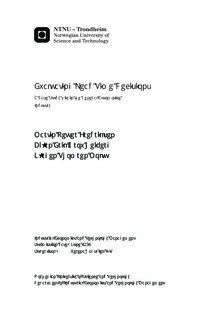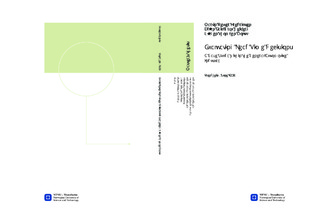| dc.description.abstract | Managers often experience problems with quantifying the value of reducing or extending lead time when assessing different sourcing alternatives. In practice, these decisions are often made considering only unit procurement cost, transportation cost, capital cost and storage cost. However, the lead time of suppliers highly influences a business' exposure to demand uncertainty. This can yield large monetary values that should be accounted for. This Master's Thesis presents a case study within the automotive industry to show the effects of exposure to demand risk when assessing different sourcing alternatives.Building on the work done in \citet{ProjectThesis2013}, the computer program is further developed to better fit real life applications. Extending the existing geometric Brownian motion and mean reverting process, a discrete ARMA model is incorporated allowing for more flexibility in connecting demand to demand risk. Additionally, new case specific variables are added to give a more holistic view of the sourcing decision. Kongsberg Automotive's plant in Hvittingfoss, Norway (KA), and their clutch servo produced for Scania is analyzed. A thorough assessment of KA's demand structure shows that the demand is stationary, normally distributed and best described by an ARMA(1,3) model. However, due to the similarity between ARMA(1,3) and the mean reverting Ornstein-Uhlenbeck process, the latter is used for the case study because of its continuous nature. The mean reversion rate and demand volatility is found to be high. Utilizing the expected supply-demand mismatch cost and real options theory enables for calculation of the cost curve - an indifference curve showing the costs at which you are indifferent between lead times. Three components of the clutch servo is evaluated - the piston, piston rod and aluminum casting. Based on the cost curve, this thesis concludes whether KA should change their supplier for each of them. The cost curves show that the majority of demand risk develops the last week prior to delivery, and little risk is added at longer lead times. Therefore, KA should either acquire a short lead time to mitigate this uncertainty, or choose a long lead time to benefit from the low obtained procurement cost. An assessment of other sources of risk that potentially could alter this conclusion is also presented. | nb_NO |

